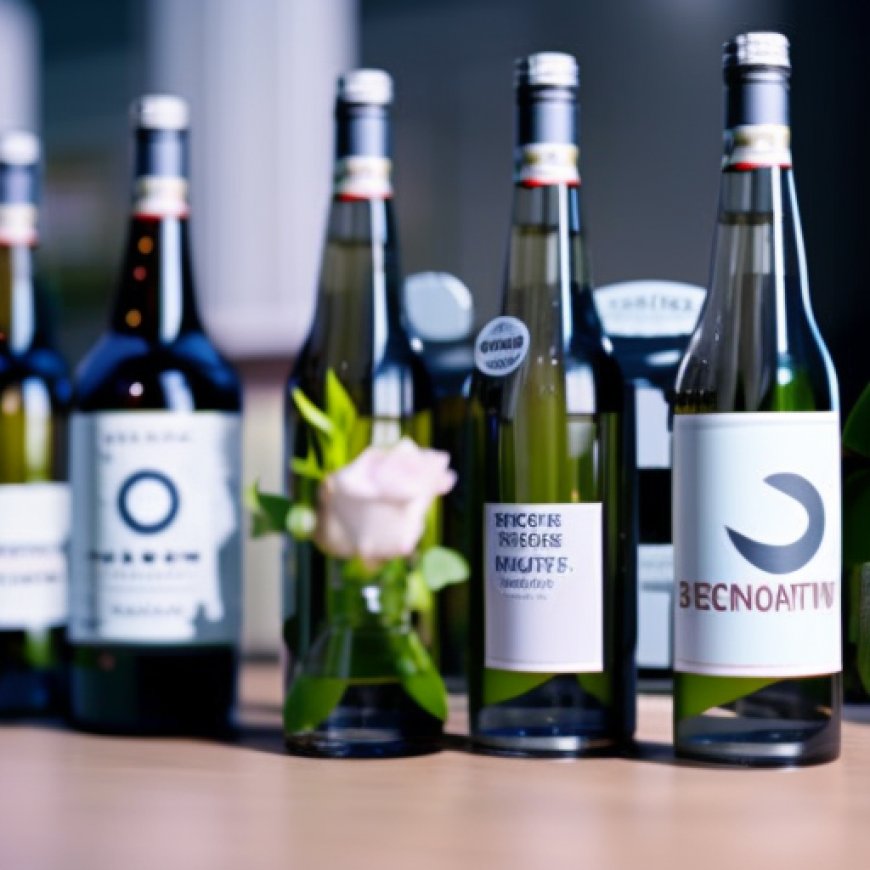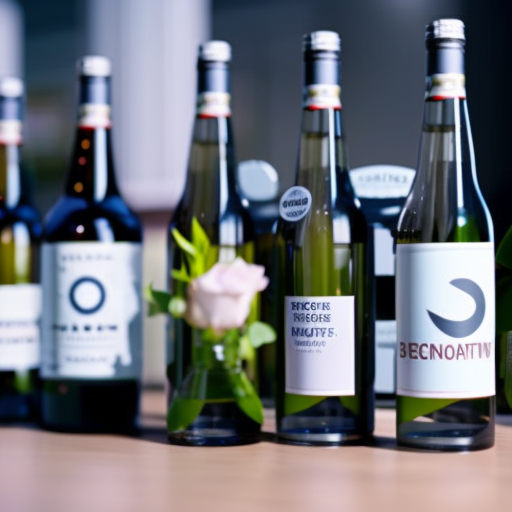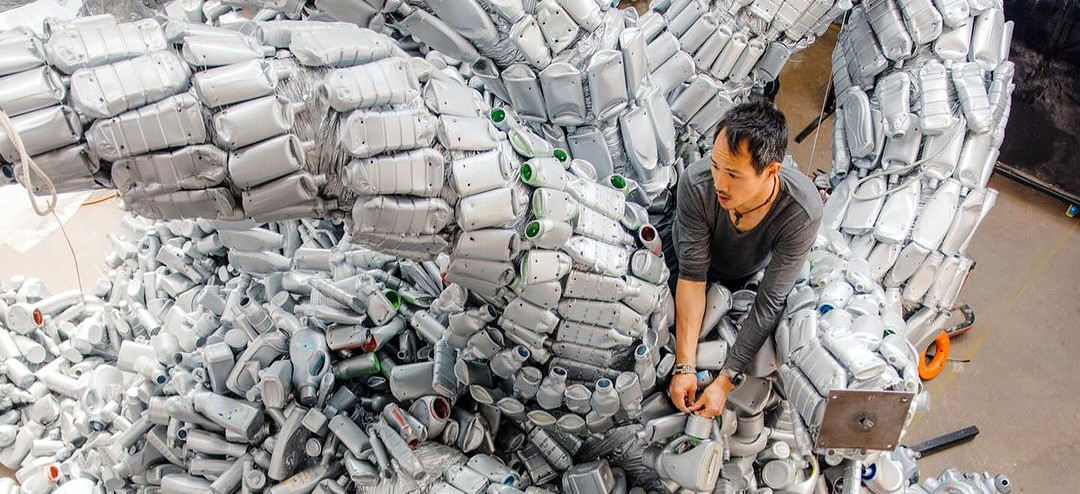More Beauty Retailers Embracing a Circular Economy for Packaging | Sustainable Brands
More Beauty Retailers Embracing a Circular Economy for Packaging Sustainable Brands


New initiatives from Kiehl’s, Sephora, Shoppers Drug Mart and Ulta lay further groundwork for reducing the beauty industry’s massive plastic footprint.
With an estimated 95 percent of cosmetic and personal-care packaging ending up in landfills and waterways, packaging waste — most of which isn’t accepted in curbside recycling programs — is one of the biggest sustainability challenges facing the beauty industry. According to Forbes, 94 percent of US consumers support recycling and 74 percent believe it should be a priority; however, only 35 percent say they actually recycle due to confusion and lack of convenient options. Well, a growing number of beauty retailers are now offering solutions to that.
Kiehl’s & Benjamin Von Wong’s ‘Single-Use Reflections’ highlights need for circular packaging solutions

Image credit: Benjamin Von Wong
Kiehl’s Since 1851 has partnered with renowned artist & activist Benjamin Von Wong on “Single-Use Reflections” — a sculptural installation on New York City’s High Line that invites viewers to pause and reflect on how both widespread systemic change and small individual lifestyle shifts can positively impact our planet’s future.
The sculpture consists of large-scale mirrors featuring thought-provoking prompts that protrude from the mountain of empty plastic containers and provide unique photo touchpoints. Hidden within the installation is a keyhole where viewers can peek into a miniature world, inspired by an old-world apothecary — highlighting potential ways to reduce plastic waste.
The role of art in climate, sustainability and regeneration discourse
Benjamin Von Wong’s activist artistry transcends mere visual appeal — underlining the essential role of art in climate, sustainability and regeneration discourse. Join us as he explores the incredible potential of art as cultural commentary in raising awareness, and taking our shared behavioral and cultural pursuits to the next level — Wed, May 8, at Brand-Led Culture Change.
With more than 400 million metric tons of plastic discarded annually around the world, “Single-Use Reflections” highlights the impact of single-use plastic on the beauty of our planet while providing optimism for the future.
“I am honored to be partnering with Kiehl’s to amplify their message around circularity,” said Von Wong — whose issue-driven art combines everyday objects with shocking statistics to drive awareness and change around persistent sustainability issues including ocean plastic, fast fashion and electronic waste. “I was inspired by the Greek legend of the Hydra, which grows back another head for each one that you cut off — reminiscent of the single-use plastic waste problem. I am a firm believer of progress over perfection. Through this sculpture, I hope to inspire people and companies to join Kiehl’s in loudly championing single-use alternatives. I believe that if we can encourage greater refill use, then companies across industries will have greater incentive to start supporting more refill solutions!”
For over 170 years, Kiehl’s has been committed to the health of skin, body and hair and the wellbeing of the world. The company is committed to moving beyond sustainability to circularity — pledging transparency about its journey while taking action and inspiring others, both individuals and companies, to do the same.
As part of its Mission Renewal, Kiehl’s is committed to making single-use plastic a thing of the past by designing 100 percent of its products to be reused, refilled or made of recycled materials by 2030. So far, the company has collected 7 million empty products through Recycle & Be Rewarded in the US; and 33 percent of plastic Kiehl’s packaging come from post-consumer recycled materials.
“Single-Use Reflections” will be on view through April 17 at the High Line in New York City (visiting hours: 7am-10pm EST). To Access: Use the staircase at the corner of 14th Street and 10th Avenue.
Following its display
SDGs, Targets, and Indicators
SDGs, Targets, and Indicators
- SDG 12: Responsible Consumption and Production
- Target 12.5: By 2030, substantially reduce waste generation through prevention, reduction, recycling, and reuse
- Indicator 12.5.1: National recycling rate, tons of material recycled
- Target 14.1: By 2025, prevent and significantly reduce marine pollution of all kinds
- Indicator 14.1.1: Index of coastal eutrophication and floating plastic debris density
- Target 17.16: Enhance the Global Partnership for Sustainable Development
- Indicator 17.16.1: Number of countries reporting progress in multi-stakeholder development effectiveness monitoring frameworks
1. Which SDGs are addressed or connected to the issues highlighted in the article?
The issues highlighted in the article are connected to SDG 12: Responsible Consumption and Production and SDG 14: Life Below Water.
2. What specific targets under those SDGs can be identified based on the article’s content?
Based on the article’s content, the specific targets that can be identified are:
- Target 12.5: By 2030, substantially reduce waste generation through prevention, reduction, recycling, and reuse
- Target 14.1: By 2025, prevent and significantly reduce marine pollution of all kinds
3. Are there any indicators mentioned or implied in the article that can be used to measure progress towards the identified targets?
Yes, there are indicators mentioned in the article that can be used to measure progress towards the identified targets:
- Indicator 12.5.1: National recycling rate, tons of material recycled
- Indicator 14.1.1: Index of coastal eutrophication and floating plastic debris density
4. Create a table with three columns titled ‘SDGs, Targets and Indicators” to present the findings from analyzing the article. In this table, list the Sustainable Development Goals (SDGs), their corresponding targets, and the specific indicators identified in the article.
| SDGs | Targets | Indicators |
|---|---|---|
| SDG 12: Responsible Consumption and Production | Target 12.5: By 2030, substantially reduce waste generation through prevention, reduction, recycling, and reuse | Indicator 12.5.1: National recycling rate, tons of material recycled |
| SDG 14: Life Below Water | Target 14.1: By 2025, prevent and significantly reduce marine pollution of all kinds | Indicator 14.1.1: Index of coastal eutrophication and floating plastic debris density |
Behold! This splendid article springs forth from the wellspring of knowledge, shaped by a wondrous proprietary AI technology that delved into a vast ocean of data, illuminating the path towards the Sustainable Development Goals. Remember that all rights are reserved by SDG Investors LLC, empowering us to champion progress together.
Source: sustainablebrands.com

Join us, as fellow seekers of change, on a transformative journey at https://sdgtalks.ai/welcome, where you can become a member and actively contribute to shaping a brighter future.







